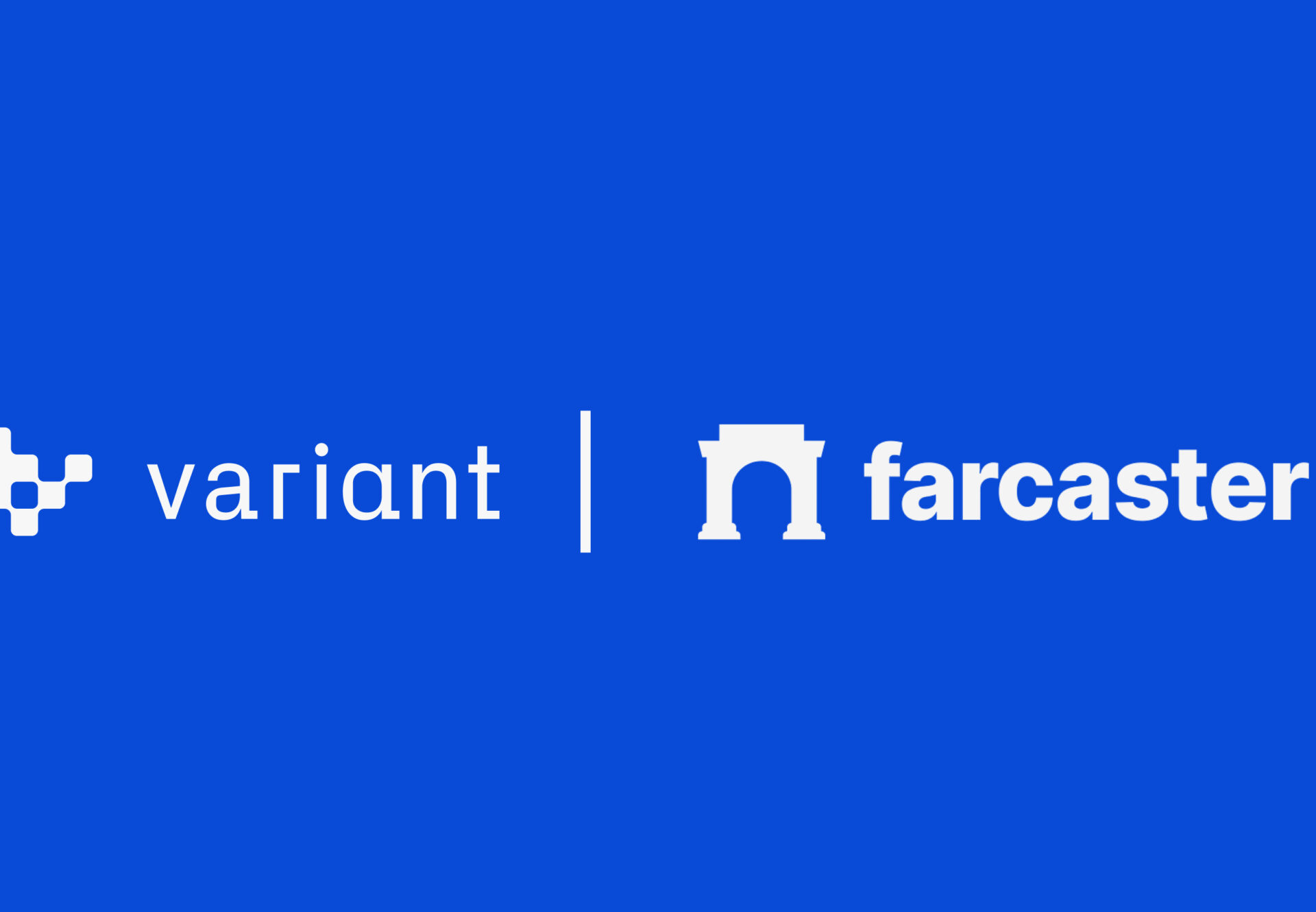Jesse Walden

Investing in Farcaster
The Farcaster community feels like a microcosm of the early crypto community I (Jesse) got involved with about a decade ago: optimistic, technical, ambitious, collaborative, always online.
For the average daily user, Farcaster is a fledgling but quickly growing protocol for building “sufficiently decentralized social networks.” It is a community most notable for its high quality and low noise relative to traditional social media. This is the direct result of extreme efforts taken by the core team to seed a curated social graph one person at a time. And also the sweat of the earliest enthusiasts, who kept the network active for years before a crowd showed up more recently.
For technologists, the promise of Farcaster is a new distribution channel with permissionless building blocks that can realize the potential of crypto that many of us came here for: permissionless identity, money, and data.
- Identity: Every identity in the network is associated with a crypto wallet. Each post, message, and click on the network is signed, tagging it with the associated FID. This is powerful because it means all interactions are authenticated in a self-sovereign way. For users, history can be verified. Developers can also go direct to users and permissionlessly build a holistic view of their profile, not only on Farcaster, but onchain too.
- Money: Because each Farcaster account has an associated wallet, the ability to receive and send payments are native to the network, unlocking the ability to tip, mint, crowdfund, create assets, and more. The result is much lower friction to transacting.
- Data: All social data on Farcaster is stored in a network of distributed hubs. The goal of the Farcaster protocol is to incentivize decentralized data storage that can give users and developers confidence that they won’t be deplatformed. The impact is twofold: the trust attracts high-quality developers to the ecosystem, while the persistent openness means businesses built around the network can build richer experiences than web2 counterparts.
A notable example of the power of how these building blocks are being put to use are community currencies that have emerged by leveraging the network’s open social graphs and connected wallets to give users the ability to tip and earn.
Frames are another notable example. Interactive mini-apps that live as posts in the social feed but can also be displayed in any app with a wallet embedded, frames enable developers to meet users where their wallets are. Frames authenticate the identity of users who interact, can facilitate payments, and provide the ability to leverage a user’s onchain and social data to unlock additional in-frame functionality. We’ve seen all kinds of interesting frames, like embedded storefronts, minting platforms, mini games, and payment interfaces. We even built a frame to help the community get to know another portfolio project, Botto, which has since leaned into frames as a distribution channel and is doing significant auction volume through the network.
To date, around 400k users have onboarded to the network, largely dogfooded by Warpcast, the first client on top of the protocol. The development of channels as a Warpcast feature has created a unique, subreddit-like feel for finding deeper pockets of community within the network.
At the protocol level, major progress has evolved the network from permissioned to permissionless. Core features of the network – including frames, cast actions, and (soon) channels – continue to be progressively decentralized, enabling an early ecosystem of additional clients to emerge.
Our team has gotten a lot of joy out of participating in the network as users and builders. Various members of our team mod channels like /0to1, /soundscapes, and /countrymusic, and the Frames Hackathon we hosted at our office had that rare kind of frenzied energy that is usually a feature of the most exciting new scenes. We’ve also backed teams like Nook, Kiosk, and Farworld Labs that are helping to grow the pie and expand the diversity of clients on the network. Supporting early-stage teams goes hand-in-hand with supporting Farcaster: protocols succeed when third-party businesses can sustainably be built on top. The more teams working to onboard new users, the better.
That brings us to the team at Merkle, the company behind Warpcast and core contributors to the Farcaster protocol. It’s not easy to simultaneously build and maintain both a killer product and complex decentralized protocol, but doing both is often the best way to bootstrap. Dan and Varun have built one of the highest velocity and highest quality technical teams in crypto. And they’re growing.
For all these reasons, Variant invested in Farcaster’s Series A alongside other new investors Paradigm, USV, and Haun. While we are laser focused on early-stage crypto, we occasionally bend our own rules when there’s merit to do so. In the case of Farcaster, the core team, the early stage developer ecosystem, and user base represent the best of what crypto is capable of in terms of aptitude, attitude, and ambition, and we’re excited to participate and continue contributing to the growth of the network.
You can follow/reach out at @jesse, @alanadlevin, @li; our DCs are open.
+++
Disclaimer: This post is for general information purposes only. It does not constitute investment advice or a recommendation or solicitation to buy or sell any investment and should not be used in the evaluation of the merits of making any investment decision. It should not be relied upon for accounting, legal or tax advice or investment recommendations. You should consult your own advisers as to legal, business, tax, and other related matters concerning any investment. Certain information contained in here has been obtained from third-party sources, including from portfolio companies of funds managed by Variant. While taken from sources believed to be reliable, Variant has not independently verified such information. Variant makes no representations about the enduring accuracy of the information or its appropriateness for a given situation. This post reflects the current opinions of the authors and is not made on behalf of Variant or its Clients and does not necessarily reflect the opinions of Variant, its General Partners, its affiliates, advisors or individuals associated with Variant. The opinions reflected herein are subject to change without being updated.

